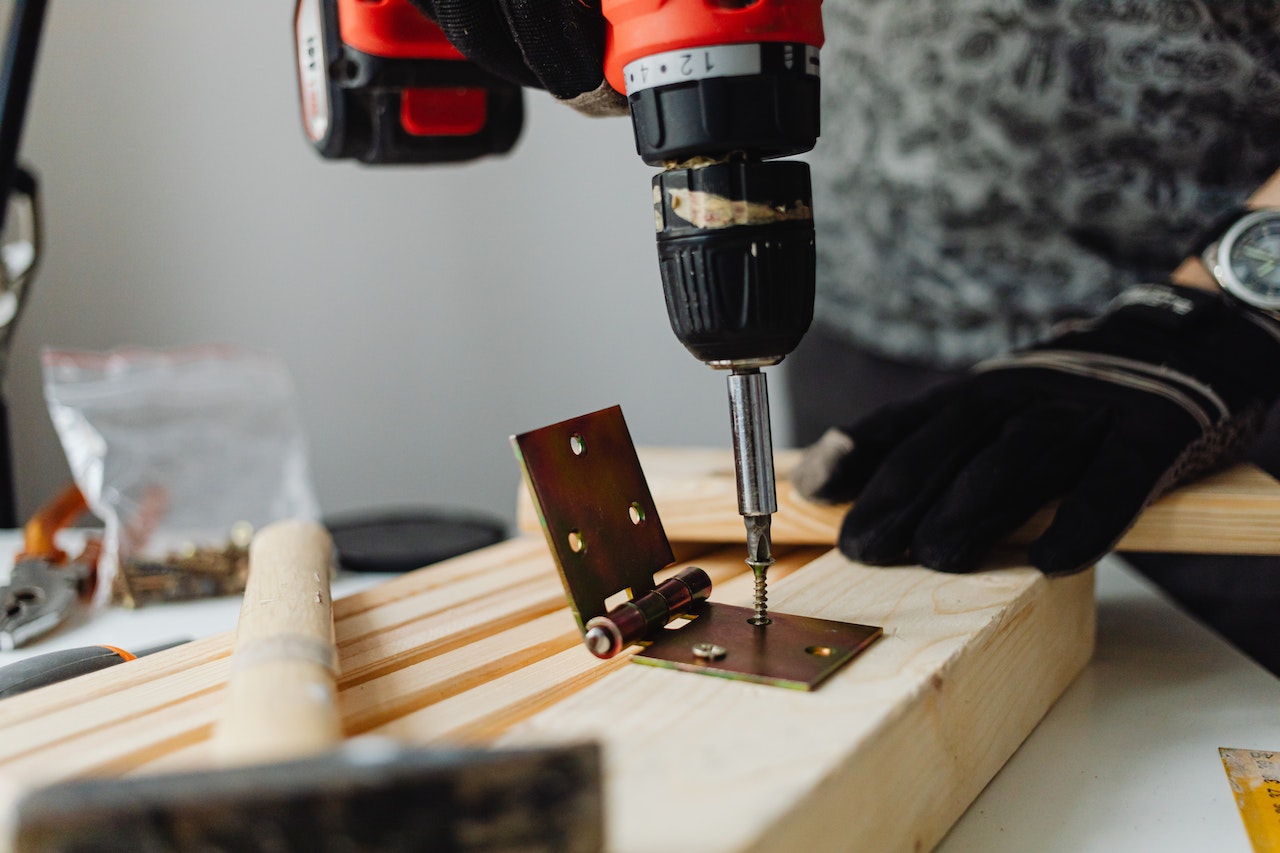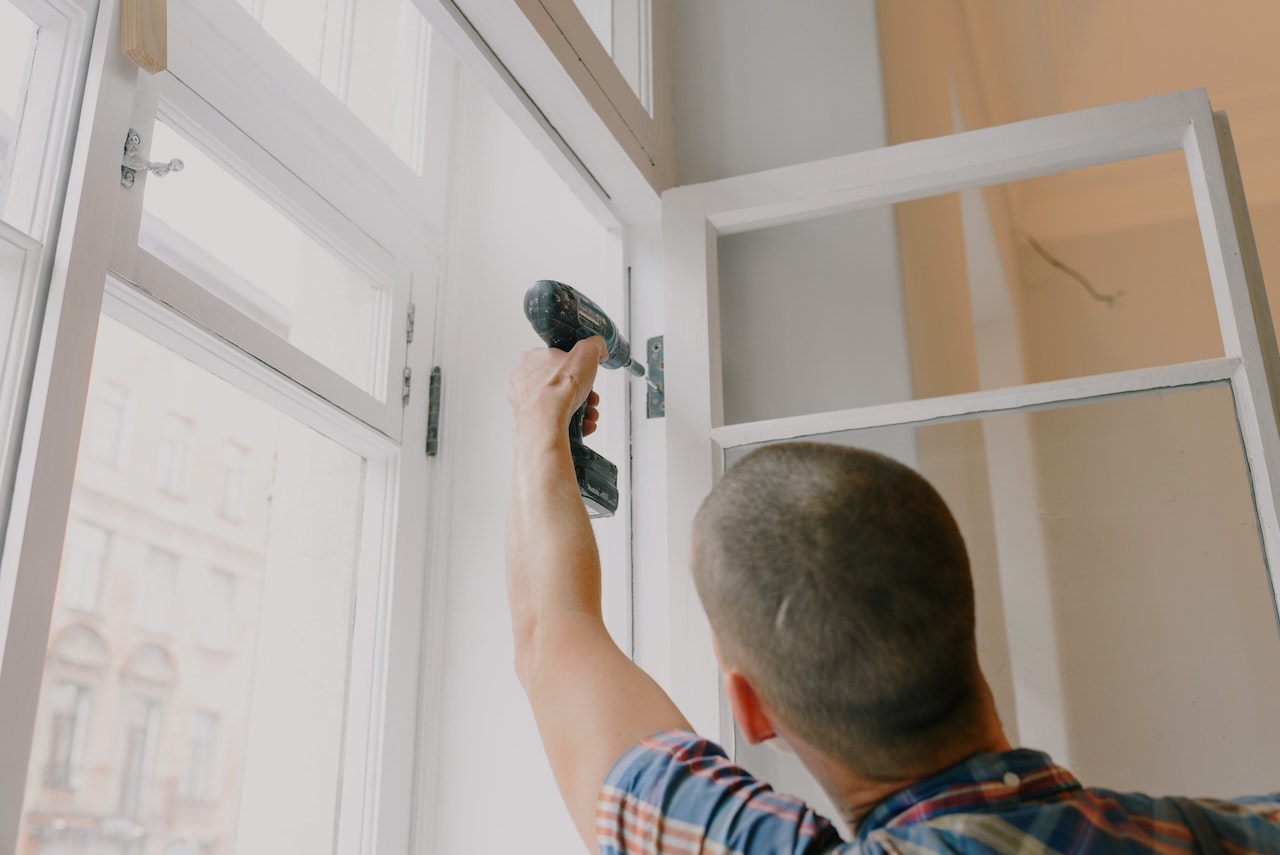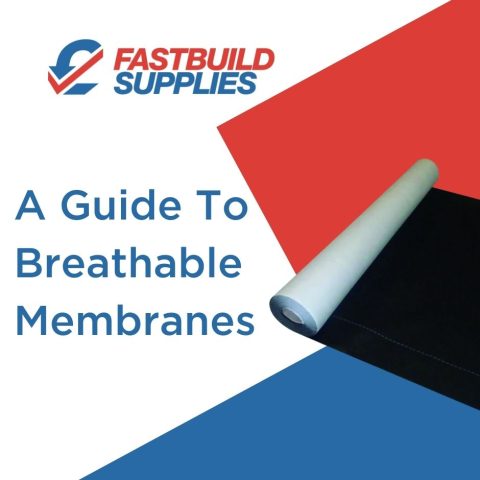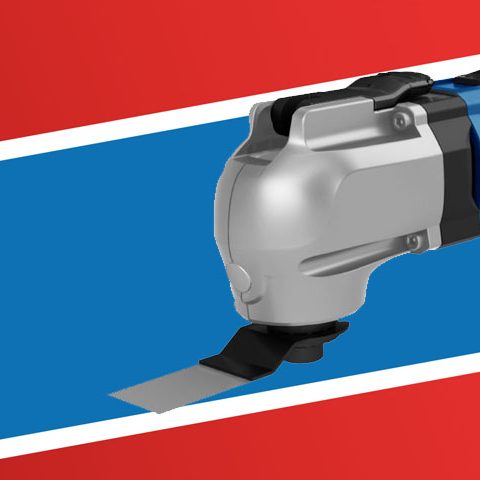
Door hinges are essential components in any building or home, serving the fundamental purpose of allowing doors to swing open and closed. However, not all door hinges are created equal. There are various types of door hinges, each designed for specific applications and door types.
Understanding the different types of door hinges and how to use them is essential for successful door installations and maintenance. By choosing the right hinge for your specific application and following proper installation techniques, you can ensure that your doors function smoothly and securely for years to come.
In this guide, we'll explore the different types of door hinges and provide insights into how to use them effectively.

Butt Hinges for Doors
Butt hinges are a classic and reliable choice for many door applications due to their simplicity, strength, and durability. They have been used for centuries and remain a popular option for securing doors and gates.
What is a Butt Hinge?
Butt hinges are one of the most common and traditional types of hinges, known for their simple design and effectiveness. Butt hinges consist of two rectangular metal plates, often referred to as leaves or wings, and a central pin or rod that connects them.
Butt Hinge Uses
Butt hinges are versatile and can be used on various types of doors, including interior and exterior doors, cabinet doors, and wooden gates.
Butt Hinge Format
The two plates of a butt hinge are usually of equal size and shape, with screw holes along their lengths. One plate is attached to the door frame, and the other is attached to the door itself. The central pin, also known as the hinge pin or pivot pin, connects the two plates and allows them to pivot. This pin is typically removable, making it easier to install or remove the door.
Types of Butt Hinge
Butt hinges come in different sizes, materials (such as steel, brass, or stainless steel), and finishes (like polished, antique, or matte). These variations allow you to choose hinges that match the aesthetics of your door and overall decor.
Here at Fastbuild, we have butt hinges in finishes including polished brass, nickel, matte black and steel.
Load Capacity of Butt Hinges
The load capacity of a butt hinge depends on its size and material. Larger and sturdier hinges are suitable for heavier doors or gates, while smaller ones are used for lighter doors and cabinets.
Our Double Phosphor Bronze Washered Butt Hinges are suitable hinges for standard internal residential doors, and you will want 2-3 of these hinges for each door.
How to Install Butt Hinges?
To install a butt hinge, you need to attach one plate to the door frame and the other to the door itself. The plates are aligned so that they create a smooth pivot point for the door. Screws are used to secure the plates in place.
Periodic maintenance, such as lubricating the hinge pins with oil or grease, can help ensure smooth door operation and prevent squeaking.

Ball Bearing Hinges for Doors
Ball bearing hinges are an excellent choice when you want a reliable, smooth-operating hinge that can handle heavy-duty doors and provide years of trouble-free service. Their ability to reduce friction and wear makes them a preferred option for doors that are frequently opened and closed.
What is a Ball Bearing Hinge?
Ball bearing hinges, also known as ball-bearing butt hinges, are a type of door hinge designed to provide smooth and durable door operation. These hinges are commonly used in both residential and commercial applications and are known for their long-lasting performance. They are an upgrade from standard butt hinges, offering several advantages.
Ball Bearing Hinge Uses
Ball bearing hinges are suitable for a wide range of doors, including exterior doors, interior doors, heavy wooden doors, and commercial entrance doors.
Ball Bearing Hinge Format
The defining feature of ball bearing hinges is the incorporation of ball bearings within the hinge knuckles. These ball bearings, typically made of steel or brass, are located between the hinge plates (leaves) and the hinge pin. They are evenly spaced along the length of the hinge.
Types of Ball Bearing Hinges
Ball bearing hinges are available in different materials and finishes, such as stainless steel, brass, and various coatings, making it easy to match them to the aesthetic of your door and decor.
Load Capacity of Ball Bearing Hinges
These hinges come in various sizes and load-bearing capacities, allowing you to choose the appropriate hinge for your door's weight and size. They are suitable for both residential and commercial doors.
Ball bearing hinges come with gradings which reveal the weight capability of each hinge. For example, a grade 7 ball bearing hinge is suitable for a 40kg door, and a grade 13 ball bearing hinge is suitable for a 120kg door. These have been tested up to 200,000 test cycles.
Are Ball Bearing Hinges Better Than Butt Hinges?
The ball bearings create a rolling mechanism within the hinge, allowing for smooth and frictionless movement when opening and closing the door. This results in a quieter, smoother door operation compared to standard butt hinges.
Ball bearing hinges are known for their durability and are able to withstand heavy use. The ball bearings distribute the weight and stress evenly across the hinge, reducing wear and tear and prolonging the hinge's lifespan.
How to Install a Ball Bearing Hinge
Ball bearing hinges are installed in the same manner as standard butt hinges. They consist of two plates—one attached to the door frame and the other to the door itself—and are secured with screws.
Ball bearing hinges require minimal maintenance. Lubricating the ball bearings periodically with oil or grease helps ensure continued smooth operation and prevents rust or corrosion.

Tee Hinges for Doors
Tee hinges are a practical choice when you need a hinge that combines strength and reliability. They are well-suited for outdoor applications where doors and gates are exposed to the elements and need to withstand significant stress and weight. Their traditional and rustic appearance also makes them a popular choice for decorative installations.
What is a Tee Hinge?
Tee hinges, also known as T hinges or T-strap hinges, are a type of door hinge with a distinctive "T" shape when viewed from the side. These hinges are commonly used on doors and gates where a strong and durable hinge is required. Tee hinges are known for their robust construction and ability to support heavy doors and gates.
Tee Hinge Uses
Tee hinges are commonly used on garden gates, shed doors, barn doors, wooden garage doors, and other outdoor or heavy doors and gates. They may also be used on doors decoratively inside the home to give a rustic appearance.
Tee Hinge Format
The name "tee hinge" comes from its T-shaped appearance. One leg of the T is attached to the door or gate, while the other leg is attached to the door frame or post.
Types of Tee Hinges
Tee hinges are typically made from materials like steel, stainless steel, or brass, which provide strength and resistance to corrosion.
Tee hinges come in various decorative finishes, such as black powder coating or antique brass, making them suitable for both functional and decorative applications.
Load Capacity of Tee Hinges
Tee hinges are designed to be strong and durable, making them suitable for heavy doors, gates, and other applications where strength is essential.
These hinges are available in various sizes and load-bearing capacities, allowing you to choose the appropriate hinge based on the weight and size of the door or gate.
How to Install a Tee Hinge
To install a tee hinge, one leg is attached to the door or gate, and the other leg is attached to the frame or post. They are usually surface-mounted, and the screws used for installation go through holes in the hinge plates.
While tee hinges are generally low-maintenance, occasional lubrication of the hinge pin with oil or grease can help ensure smooth operation and prevent rust.

Flush Hinges for Doors
Flush hinges are an excellent choice when you want to achieve a clean and concealed look for your doors, cabinets, or furniture. They contribute to a streamlined and contemporary aesthetic by eliminating the visible hardware associated with traditional hinges, creating a seamless and modern appearance. However, their installation may require more precision and skill due to the need for mortises in the door and frame.
What Are Flush Hinges?
Flush hinges, also known as flush-mount hinges or inset hinges, are a type of door hinge specifically designed to be mounted flush with the surface of the door and frame, creating a clean and unobtrusive appearance. These hinges are often used for interior doors, cabinets, and furniture where a concealed and streamlined look is desired.
Flush Hinge Uses
Flush hinges are commonly used for interior doors, cabinets, closets, and furniture where a sleek and hidden hinge solution is desired. They are not typically used for heavy or exterior doors.
Flush Hinge Formats
Flush hinges are designed to be mounted flush with the surface of the door and door frame or cabinet. This means that when the door is closed, the hinge is hidden from view, creating a seamless and minimalist appearance.
Flush hinges have a low profile, which means they do not protrude from the surface of the door or cabinet. This minimises the risk of the door or cabinet colliding with adjacent objects.
Flush Hinge Types
Flush hinges are typically made from materials like stainless steel, brass, or zinc alloy. They are available in a variety of finishes, including polished, satin, and antique finishes, allowing you to match them to your design preferences.
Flush Hinge Load Capacity
Flush hinges are suitable for lightweight to medium-weight doors and cabinets. The exact load capacity of flush hinges varies depending on their size and material.
How to Install a Flush Hinge
Installing flush hinges can be more complex than installing traditional exposed hinges. They require precise mortises or recesses to be created in both the door and the door frame or cabinet to accommodate the hinge plates and pivot points.
Flush hinges generally require minimal maintenance. Occasionally, you may need to lubricate the hinge pivot points to ensure smooth door operation.
Self-Closing Hinges for Doors
Self-closing hinges offer convenience and functionality by ensuring that doors close automatically, promoting security and energy efficiency. They are commonly found in both residential and commercial settings and are available in various designs and finishes to match the aesthetic requirements of the door and its surroundings.
What is a Self-Closing Hinge?
Self-closing hinges, as the name suggests, are a type of door hinge designed to automatically close a door after it has been opened. These hinges are commonly used in various settings to ensure that doors, particularly interior doors, cabinets, and gates, close securely without the need for manual intervention. Self-closing hinges are convenient for maintaining privacy, security, and energy efficiency by preventing doors from being left ajar.
Self-Closing Hinge Uses
Self-closing hinges are commonly used on a range of interior and exterior doors. They are especially valuable in locations where doors need to be kept closed to maintain temperature control, security, or privacy.
Self-closing hinges can contribute to safety by ensuring that doors, especially exterior doors, are not inadvertently left open, thus preventing unauthorised access. They can also be beneficial for people with mobility challenges, as they reduce the need for physically pushing or pulling doors closed.
Self-closing hinges are also often used on fire-rated doors, ensuring that these doors automatically close in the event of a fire to contain smoke and flames.
Self-Closing Hinge Format
Self-closing hinges are equipped with a built-in spring mechanism that provides tension or resistance when the door is opened. The spring stores energy when the door is pushed open.
When released, the spring tension in self-closing hinges forces the door to close automatically and securely. This ensures that the door latches shut without relying on the user to close it manually.
Self-Closing Hinge Types
Self-closing hinges will have a spring built into them, so when you start to close them, the spring takes over and pulls the door fully shut. Some self-closing hinges use hydraulic fluid to control the closing motion, offering a smoother and more controlled closing action. You can often adjust the spring tension to control the closing speed and force of the door.
Self-Closing Hinge Load Capacity
The load capacity of self-closing hinges depends on their size, material, and design. It is essential to select hinges that are suitable for the weight and size of the door they will be used on.
Our TruClose Regular Self-Closing Hinge is a self-closing gate hinge designed for wooden gates up to 30kg.
How to Install a Self-Closing Hinge
To install a self-closing hinge, determine the ideal placement on both the door and the door frame, ensuring they align at the same height. If your door is unprepared, you may need to mortise it to create a recess for the hinge. Securely attach one hinge leaf to the door and the other to the frame using appropriate screws; the hinge should be level and flush with the door edge.
Test the hinge's self-closing action, making tension adjustments if necessary, and fine-tune the alignment by repositioning the hinge if needed. Once the door closes smoothly and aligns correctly, tighten all screws securely.
While self-closing hinges are generally reliable, they may require occasional lubrication or adjustment to maintain optimal performance. Hydraulic self-closing hinges may require maintenance of the hydraulic fluid.
We hope that this guide has helped you to find the right hinge. If you need further assistance in choosing hinges for your project, please get in touch with our team who can help you.










